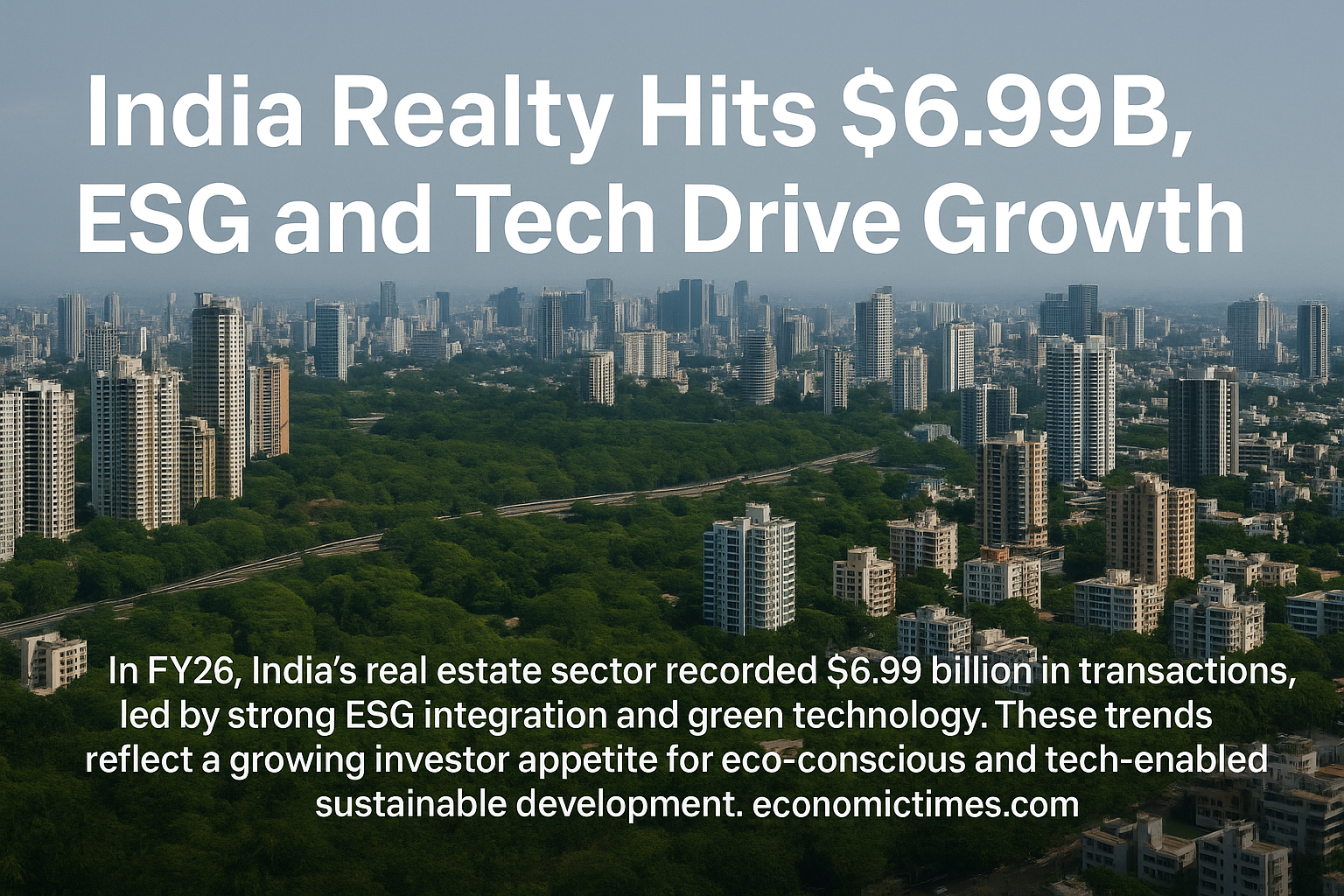Introduction
The rise of decentralized finance (DeFi) has transformed global financial markets by providing open access to financial services without intermediaries. However, as concerns about climate change and sustainability grow, a new movement—Regenerative Finance (ReFi)—has emerged, focusing on integrating environmental impact into the crypto space. While DeFi prioritizes accessibility and efficiency, ReFi introduces sustainability-driven mechanisms that leverage blockchain technology to promote positive environmental and social change.
What is DeFi?
Decentralized Finance (DeFi) is a blockchain-based financial system that removes the need for traditional banks and intermediaries. It operates through smart contracts and decentralized applications (dApps), enabling users to lend, borrow, stake, and trade assets in a permissionless manner. DeFi has grown exponentially, offering financial inclusion and innovative financial products, but it has also faced criticism for high energy consumption and speculative investment models.
What is ReFi?
Regenerative Finance (ReFi) extends DeFi principles by embedding sustainability into the financial system. ReFi focuses on eco-friendly investments such as carbon-backed assets, tokenized green bonds, and mechanisms for funding climate-positive projects. By leveraging blockchain’s transparency and decentralization, ReFi enables the creation of financial instruments that prioritize regeneration over mere profit-making.
The Role of Blockchain in Sustainable Finance
Blockchain technology plays a crucial role in advancing sustainable finance through ReFi. The transparency, traceability, and immutability of blockchain can ensure that green investments are genuinely contributing to environmental solutions. Smart contracts enable automated compliance with sustainability goals, reducing fraud and ensuring accountability in eco-friendly financial products.
Carbon-Backed Assets
One of the most promising areas within ReFi is the tokenization of carbon credits. By integrating blockchain with carbon markets, projects can provide verifiable proof of emissions reductions. Tokenized carbon credits allow businesses and individuals to offset their carbon footprints in a more transparent and efficient manner.
Tokenized Green Bonds
Green bonds, which fund projects with positive environmental impacts, can be tokenized to improve accessibility and efficiency. Traditional green bonds often suffer from opacity and inefficiency, but blockchain solutions can introduce real-time tracking and increased investor confidence.
The Future of Sustainable Finance in Crypto
As concerns over the environmental impact of blockchain continue to grow, ReFi has the potential to reshape the crypto industry. Institutional investors and governments are increasingly looking for ESG-compliant investment opportunities, and ReFi presents a bridge between financial innovation and sustainability.
Challenges and Opportunities
Despite its potential, ReFi faces challenges such as regulatory uncertainty, limited adoption, and technological barriers. However, with continued innovation and growing interest in sustainability, ReFi could become a major pillar in the future of finance.
While DeFi has revolutionized financial markets by making them more accessible, ReFi aims to go further by ensuring that financial growth contributes to positive environmental and social change. By integrating sustainability-focused assets and mechanisms, ReFi can create a future where financial systems not only generate wealth but also regenerate the planet. As the demand for sustainable investments rises, the fusion of DeFi and ReFi may pave the way for a more responsible and impactful crypto ecosystem.




